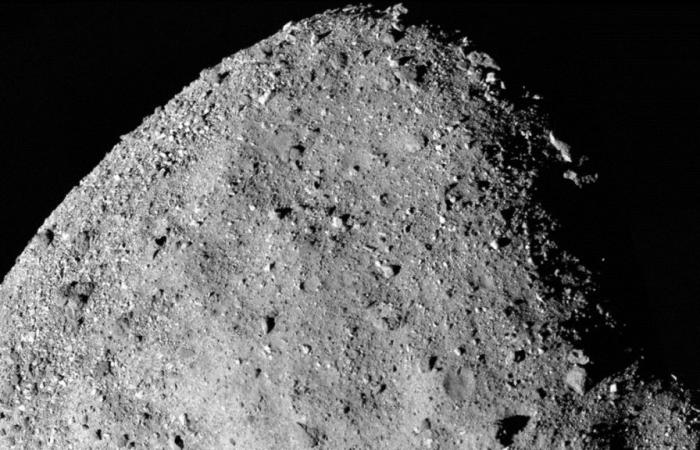L’asteroid Bennuof which NASA collected a sample during the Osiris-Rex mission, contains magnesium and sodium phosphate, as well as being rich in carbon, nitrogen and organic compounds. This was revealed by the results of a study published in Meteoritics & Planetary Scienceconducted by a group of researchers from the Nasa and several universities and research institutes, including the National Institute for Astrophysics (INAF). But why is the presence of phosphates considered so interesting? According to NASA, these compounds could suggest that Bennu broke off from a small and ancient ocean world.
A “watery” world
The presence of phosphate salts had previously been identified in the sample of another asteroid, Ryugu, collected during Jaxa’s (Japan Aerospace Exploration Agency) Hayabusa2 mission. But the sodium magnesium phosphate detected within the Bennu samples would stand out puritythey say at NASA. And then, perhaps the most fascinating aspect concerns the possible implications of this discovery: “The presence and state of phosphates, along with other elements and compounds on Bennu, suggest a past tense ‘watery’ for the asteroid“, says Dante Lauretta, one of the main authors of the study and researcher for the Osiris-Rex mission at the University of Arizona in Tucson, United States: “Bennu may have been part of a wetter world. Although this hypothesis requires further investigation”.
The reason for the surprise
Incidentally, the presence of phosphate salts in the asteroid Bennu was a surprise to the authors of the study, since it had not been detected in data collected remotely by the Osiris-Rex probe. More generally, the fact that surprised the researchers was to find Bennu within the sample water-soluble phosphateswhich are part of the fundamental “building blocks” for life as we know it on Earth.
As anticipated, the chemical composition of the asteroid, rich in clay compoundswhich reflects the type of rock found at Earth’s mid-ocean ridges, where material from the mantle (the layer beneath Earth’s crust) meets water.
The next steps
The research team also confirmed the abundant presence of carbon and nitrogen: “These findings highlight the importance of collecting and studying material from asteroids like Bennu, especially low-density material that would typically burn up once it enters Earth’s atmosphere.”, continues Lauretta: “This material holds the key to unlocking the intricacies Solar System formation processes and the prebiotic chemistry which may have contributed to the birth of life on Earth”.
In the coming months, portions of the sample collected by Bennu will be distributed to several research laboratories throughout the United States, NASA says, so that further analyses can be carried out and other scientific studies can be published regarding the chemical composition of the asteroid.






